America’s history is full of both bravery and bloodshed, noble ideas and flawed men. One of the places that seems to show this so clearly is Gettysburg National Battlefield.
The Battle of Gettysburg marked the turning point of the Civil War. The North and South met for three days in the stifling July heat and fought each other in what became the bloodiest battle of the war. General Robert E. Lee and his Army of Northern Virginia retreated, and would never cross the Mason-Dixon line into the Union side again.
The battle was fought as tensions between the Union and the Confederacy had reached an all-time high. In January 1863, six months before the battle took place, President Lincoln had delivered his famous Emancipation Proclamation, declaring all slaves to be free. The objective of the war, which had been kindled by questions of states’ rights versus the governments’ rights, now became about whether a man had a right to be free.
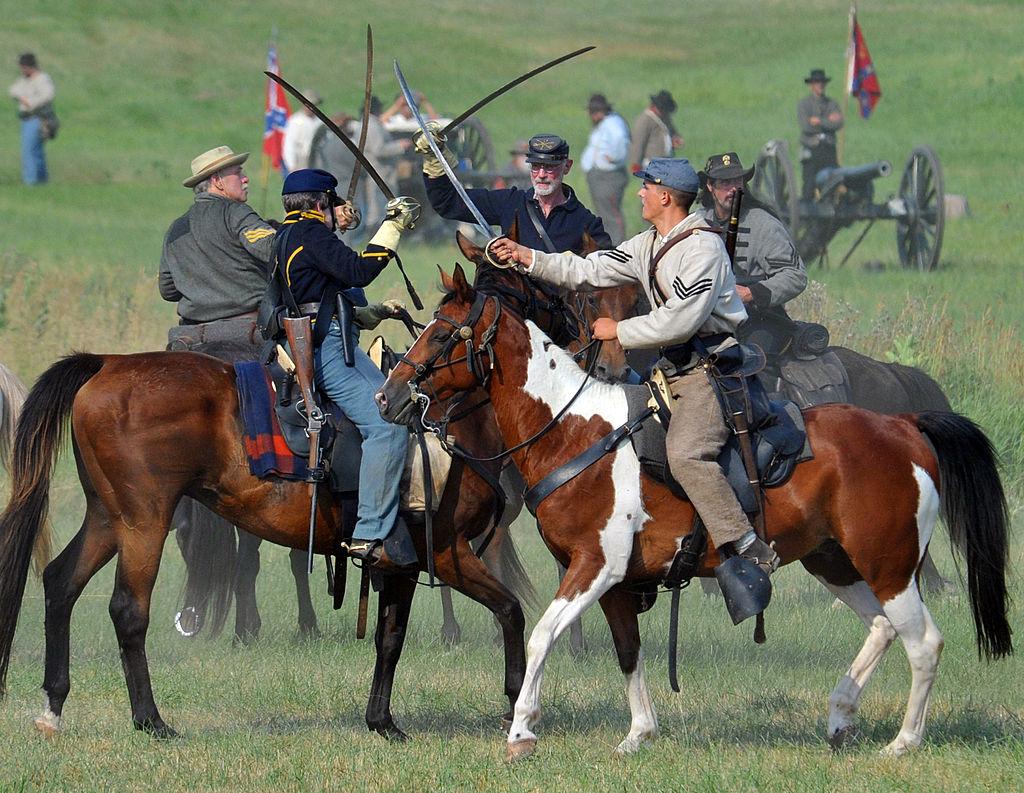
I visited the national battlefield for the first time as a college student, on summer break with my boyfriend then, now husband, and his grandparents. Andrew had grown up going to Gettysburg with his grandfather, a World War II veteran and lover of American history. We packed a picnic lunch of sandwiches and salt and vinegar chips to eat at the tables outside of the visitor center, and then slowly made our way through the historic battlefield, beginning with the Union side.
Gettysburg in person feels completely different from learning about the battle in a textbook. First, there’s the weather. To visit Gettysburg in July is to know, in a small way, a little more of the soldiers’ suffering. Pennsylvania in July feels akin to breathing in a swimming pool. The humidity is stifling, and leaves even the most appropriately dressed tourist drenched in sweat, never mind the reenactors, who don starchy wool uniforms. As we walked the battlefield in the hot summer sun, I pictured young soldiers, barely more than boys, marching to this field hungry, dirty, and homesick, to fight in the thick of July on the eve of the anniversary of a divided nation’s independence.
The Reality of War
The Battle of Gettysburg, like many battles in the Civil War, took place on the farms of civilians. Many of the farmhouses are still standing today, allowing visitors to imagine what it felt like to watch war happen right outside their windows. I had always pictured war as separate from real life. Gettysburg intentionally reminds visitors of the ways that they intersect. The battlefield feels like a picture of the human paradox: that we are capable of both tending to soil and procuring fruit from it, and fighting one another on that very same soil.The largest and most prominent monument on the battlefield is the Pennsylvania State Memorial. Standing an impressive 110 feet high, the monument looms over the battlefield. Etched into the four sides of the monument are the 34,530 names of the Pennsylvanians who served their state and country fighting in this battle. Andrew and his grandfather pointed out one of their relatives on the monument, his name etched into the stone, honored for his willingness to do what was necessary to preserve the Union.
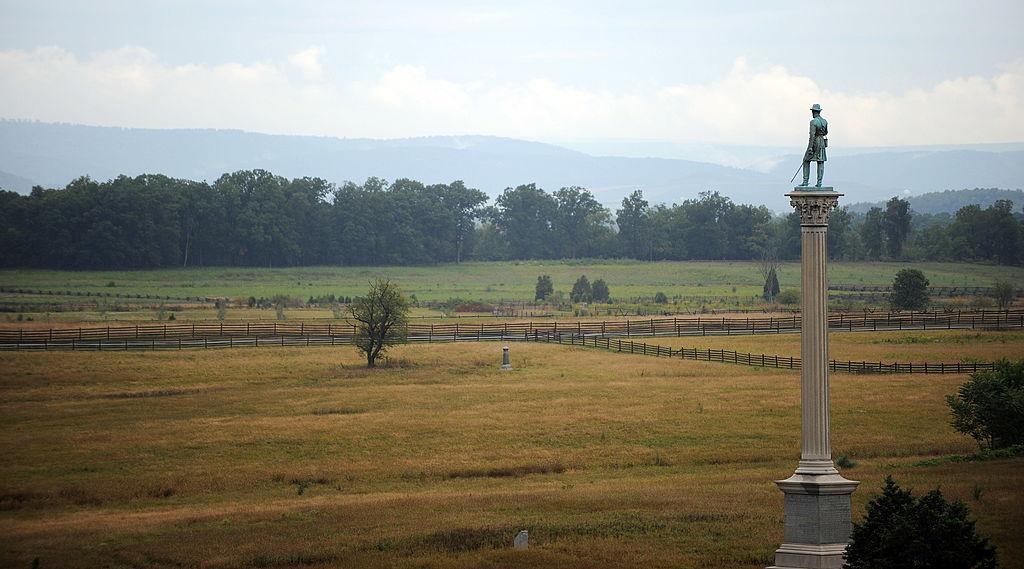
The battlefield monuments are designed to educate visitors on where the Union and Confederate lines were, and how the fighting took place. As we moved to the Confederate side of the battle, I was struck by the number of monuments, plaques, and markers that honored the men who fought with these states. The Gettysburg Battlefield National Park website has stated their commitment to preserve “these memorials while simultaneously educating visitors holistically about the actions, motivations, and causes of the soldiers and states they commemorate. A hallmark of American progress is our ability to learn from our history.”
The park is dedicated to providing accurate information and historical context to their visitors to reflect what really happened on the battlefield.
The Visitor Center
After visitors wander around the field in the summer sun, the Gettysburg Visitor Center provides a welcome relief from the heat. More than that though, its Museum of the American Civil War is packed with information, relics, and stories from the Civil War.I left Gettysburg that first time feeling overwhelmed by the reality of war, but I have returned again and again to the park to find the stories of bravery and courage in the midst of it. The battlefield is full of stories of people who, in a season when their country was hanging on by a thread, summoned enough hope for what their more perfect Union could be to fight for its future.
Rachael Dymski is an author, florist, and mom to two little girls. She is currently writing a novel about the German occupation of the Channel Islands and blogs on her website, RachaelDymski.com

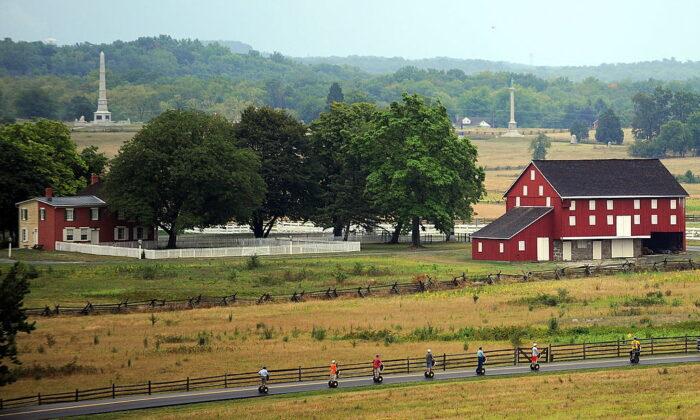
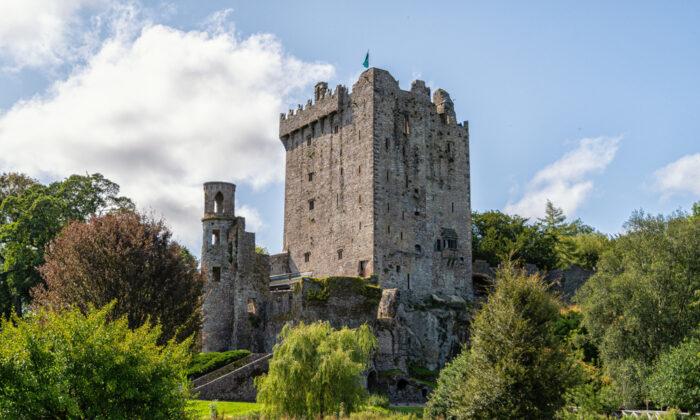

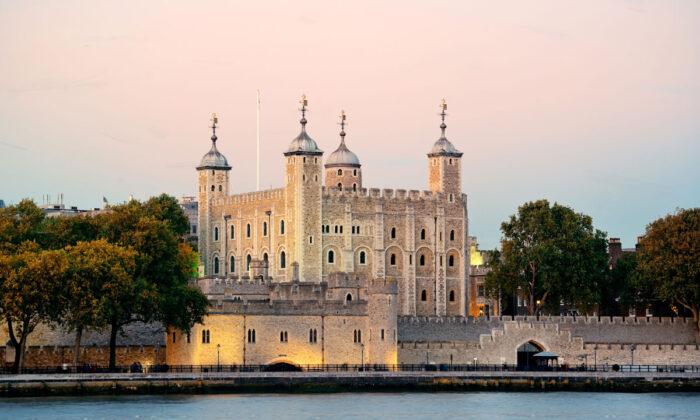

Friends Read Free